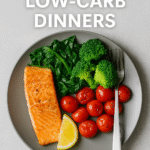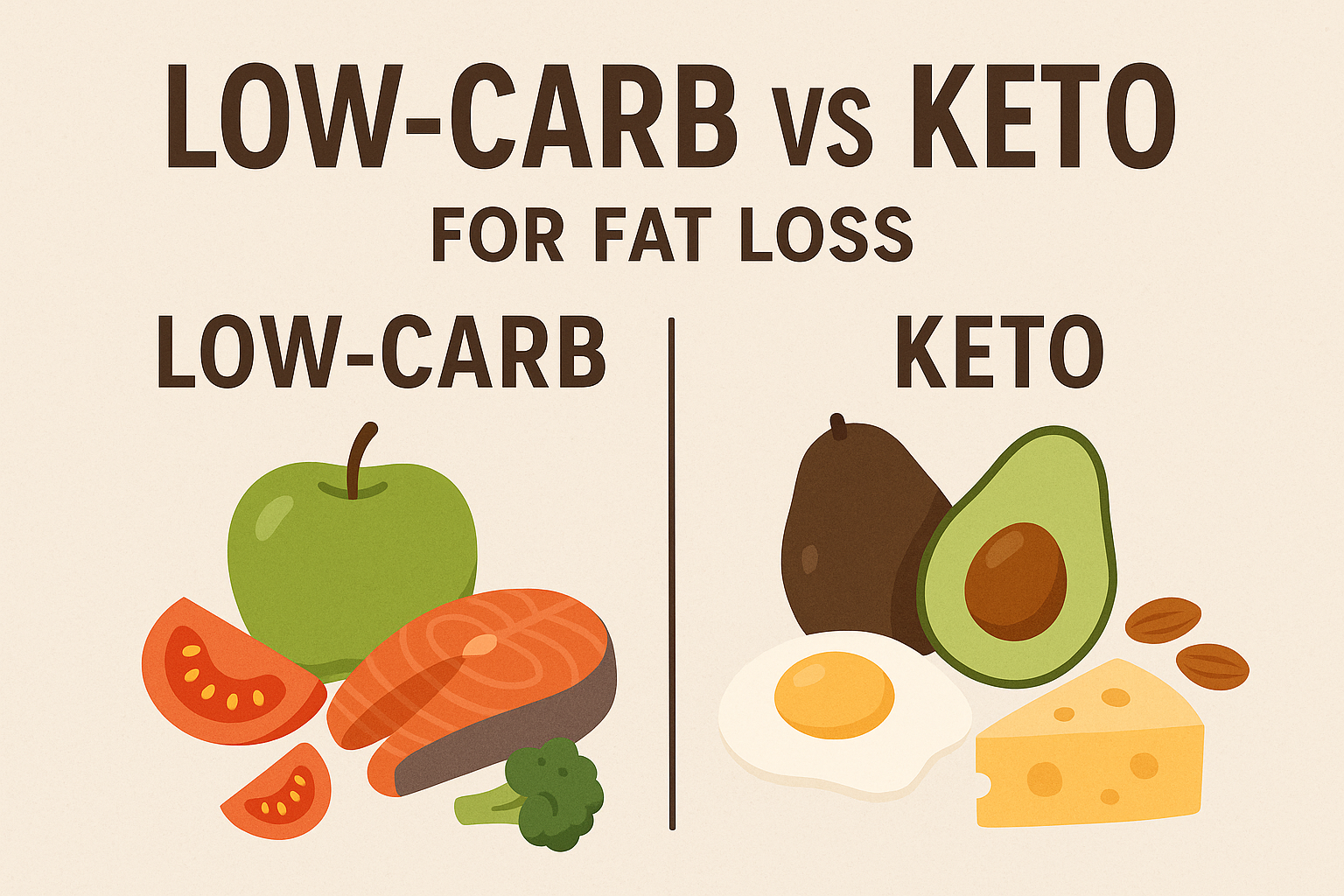Walking may be the simplest form of exercise, but don’t let its gentle nature fool you — it’s one of the most powerful tools in your weight loss toolkit. Here’s how to make walking a foundational part of your fat-burning journey.
This guide covers everything: from setting goals and planning your walks to nutrition tips, tracking methods, and how to stay motivated for long-term success.
Why Walking Works So Well
1. Burns Calories Without Stress
Whether you walk briskly for 30 minutes or aim for 10,000 steps daily, you’re burning more calories than you stand still — and without heavy impact on your joints.
2. Improves Metabolism
Regular walking boosts your basal metabolic rate (BMR), which helps your body burn more calories even at rest.
3. Reduces Stress and Cortisol
Walking, especially outdoors, lowers stress levels and cortisol — a hormone that can contribute to belly fat storage.
📊 1. Set Realistic Goals
-
Start easy: 30 minutes, 5 days a week
-
Use steps goals: Aim for 8,000–10,000 steps daily
-
Track your progress: Use a pedometer or fitness tracker
Example goals for a beginner:
-
Week 1–2: 5,000 steps/day
-
Week 3–4: 7,500 steps/day or two 20-min walks
-
Month 2+: consistent 30-min brisk walks or treadmill sessions
🏃 2. Choose Your Walking Style
Influencing calorie burn and enjoyment:
-
Brisk Walk: 3–4 mph; burn 200–300 calories/hour
-
Incline/Treadmill Walking: Adds intensity
-
Interval Walking: Alternate 2 min fast + 3 min easy
-
Nature Walks/Hiking: Improves mood and strength
-
Power Walking: Swing your arms and lengthen your stride
🎽 3. Track with Tech and Non-Tech Tools
Type Example Benefits Fitness Tracker Fitbit, Apple Watch Accurate steps, heart rate Phone App Google Fit, Samsung Health Free, easy to use Pedometer Clip-on pedometer No distractions, battery-free Journal Notebook + pen Intentional and reflective 🍽️ 4. Combine with Smarter Eating
Walking alone helps, but pairing it with good nutrition gives better results:
-
Include lean proteins and fiber in meals
-
Avoid crash diets — aim for a 300-500 calorie deficit
-
Stay hydrated — water supports metabolism
-
Plan meals after walks to reduce cravings
💡 5. Add Small Lifestyle Changes
Walking is a catalyst for broader habits:
-
Walk after meals to reduce blood sugar spikes
-
Take stairs than elevators
-
Use a standing desk during work calls
-
Park farther and take extra steps
Every step counts
🕰️ 6. Walk Smart — Not Just Hard
-
Choose comfortable shoes
-
Keep good posture and activate your core
-
Walk safely — use reflective gear in low light
-
Focus on breathing and form, not just distance
7. Measure Success Beyond Weight
Major positive changes include:
-
Looser jeans
-
Lower blood pressure
-
Better mood and energy
-
Improved sleep quality
-
Lower resting heart rate
Take monthly measurements, not just scale readings.
🔄 8. Stay Motivated with Variety
-
Change routes — trails, parks, beaches
-
Listen to music, podcasts, or audiobooks
-
Walk with a friend or join clubs
-
Try walking events (like 5K for charity)
-
Reward milestones (new shoes, new gear)
⚠️ 9. When to See a Doctor
Consult your provider if you have:
-
Chronic joint pain
-
Cardiovascular issues
-
Balance or dizziness concerns
-
Severe obesity or other medical conditions
Walking is safe for most, but check first if in doubt.
10. Sample 4‑Week Walking Plan
Week Plan 1 5 days × 20 mins at comfortable pace 2 5 days × 25 mins + incline 2×/week 3 3 days × 30 mins brisk + 2 days easy 4 30 mins power walk + 2 days intervals + 1 hike 
✅ Final Thoughts
Walking is more than exercise — it’s a sustainable, low-impact, and powerful tool for weight loss and well-being. No gym needed, no special equipment required — just a pair of shoes and the determination to move forward, one step at a time.
Start walking today, and let every step lead you closer to a healthier tomorrow.
-
-
.
-
-
-









